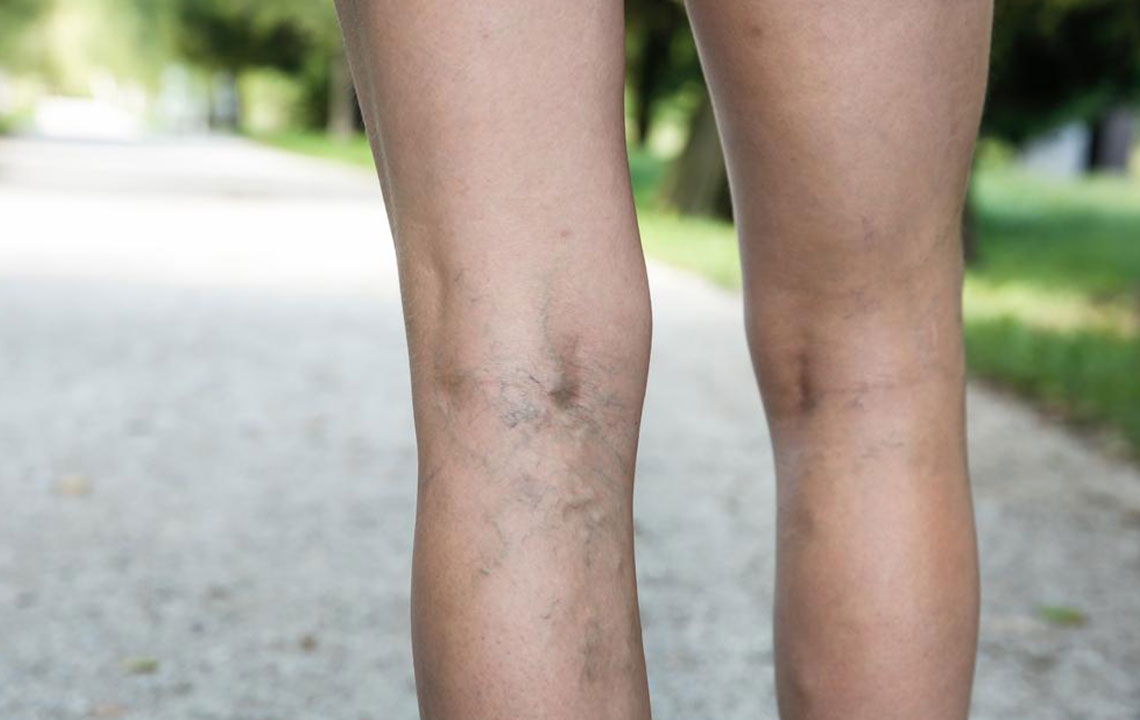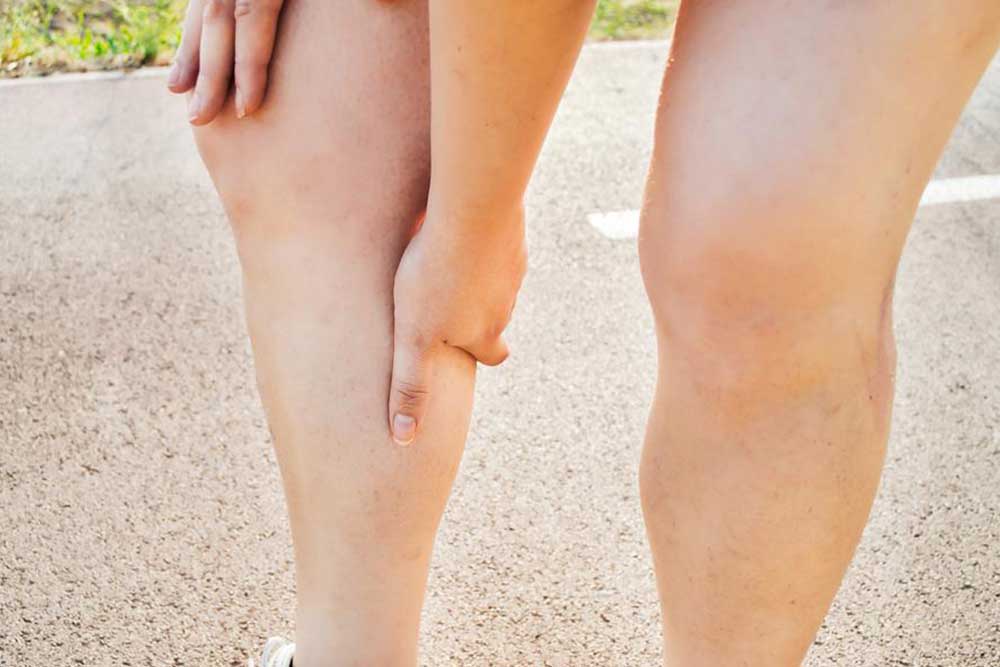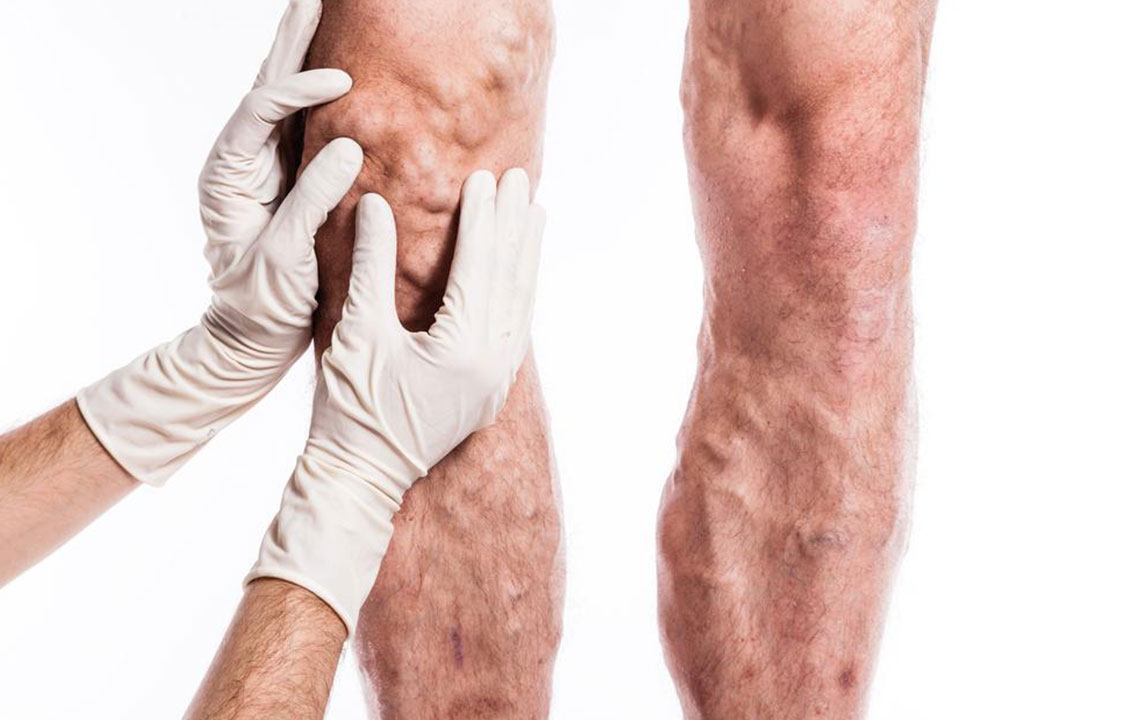Essential Insights on Deep Vein Thrombosis and Prevention
Deep Vein Thrombosis (DVT) is a potentially hazardous condition involving blood clots in deep veins. Recognizing risk factors such as inactivity, obesity, and genetic predisposition is essential. Symptoms include swelling, pain, and skin changes. Preventative strategies emphasize regular movement, healthy diet, and avoiding tight clothing. Treatment usually involves blood thinners and compression therapy. Lifestyle adjustments like staying active and managing stress play a vital role in prevention. Early intervention and healthy habits can drastically lower the risk of severe complications from DVT, leading to better vascular health and well-being.

Essential Insights on Deep Vein Thrombosis and Prevention
Deep Vein Thrombosis (DVT) is a condition where blood clots form in deep veins, commonly near the thighs or calves. It can lead to serious health complications if untreated. Factors increasing risk include vein injury, obesity, genetics, hormonal treatments, smoking, prolonged immobility, cancer, pregnancy, and certain surgeries. Symptoms often involve swelling, leg pain, warmth, and skin discoloration. Treatment options focus on anticoagulants, compression therapy, and sometimes surgical interventions. Preventative measures include staying active, avoiding prolonged sitting, wearing loose clothing, and maintaining a healthy diet to promote good circulation and blood flow. Addressing lifestyle risks and seeking medical advice can significantly reduce DVT chances.










